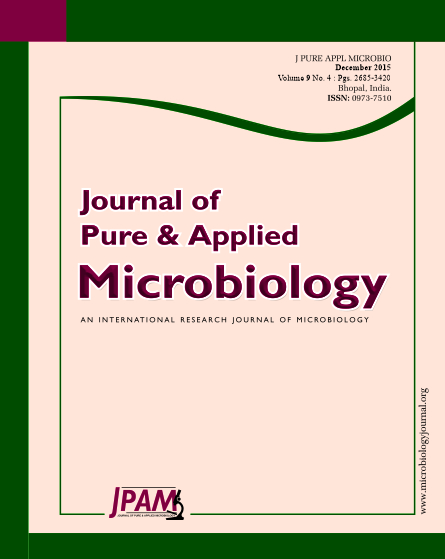Stem rot caused by Sclerotium rolfsii, is a potential threat to many crop plants including groundnut (Arachis hypogaea L.) production world-wide. To understand the biochemical basis of in vitro antagonistic potential of Pseudomonads against S. rolfsii, eleven fluorescent Pseudomonads isolates (SKPf1- SKPf11) were biochemically evaluated. Molecular identifications through 16S sequencing revealed that the isolates were differing at their species level but all belonged to the large and heterogeneous group of fluorescent Pseudomonads. Based on the antagonistic potential, SKPf5 was identified to be the superior among all which was capable of producing higher amount of antifungal metabolites and growth promoting compounds like such as siderophores, salicylic acid (SA) and indole acetic acid (IAA). Besides this, in in vitro study SKPf5 also produced higher amount of lytic enzymes such as chitinases, β-1,3 glucanase and protease; and was better capable of inhibiting the activity of fungal polygalacturonase and cellulase as compared to other isolates. Association among different biochemical traits revealed that potentially better antagonistic Pseudomonads isolates were capable of producing higher amount of SA and IAA with better efficiency to degrade fungal cell wall through production of more chitinase and ß-1,3 glucanase. Hence these traits can be used for potential antagonistic fluorescent Pseudomonads identification and selection criteria against many fungal pathogens.
16S rDNA, lytic enzymes, secondary metabolites, in-vitro antagonism.
© The Author(s) 2015. Open Access. This article is distributed under the terms of the Creative Commons Attribution 4.0 International License which permits unrestricted use, sharing, distribution, and reproduction in any medium, provided you give appropriate credit to the original author(s) and the source, provide a link to the Creative Commons license, and indicate if changes were made.


